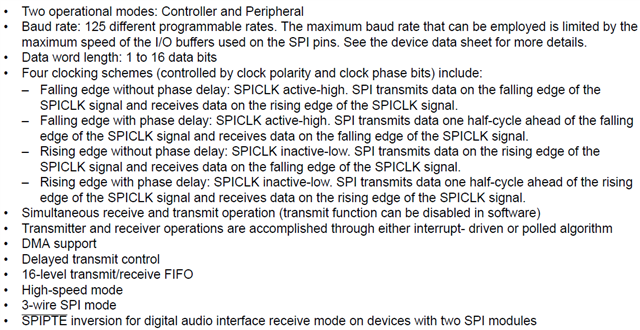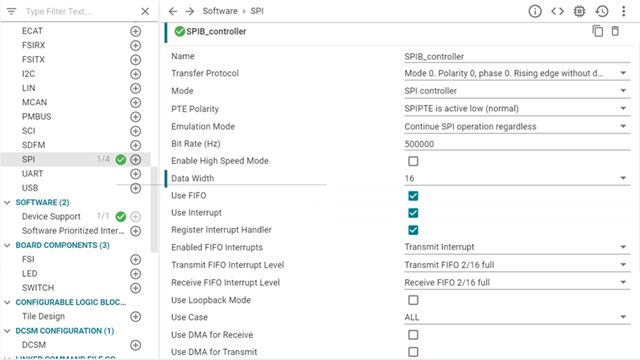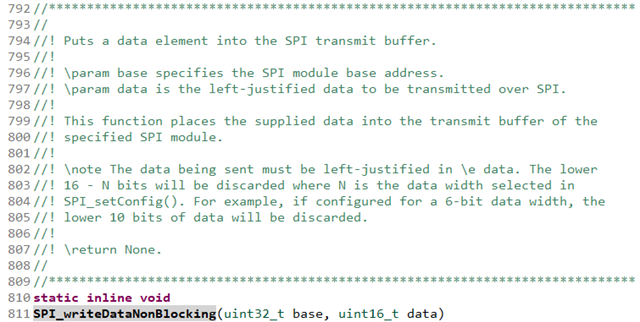Tool/software:
Hi everyone,
I have a slave (MC33772B) with which I want to communicate via SPI. This expects a message of 40 bits, but unfortunately my board can only send 16 bits.
Is it still possible to send 40 bits with the board or is it not designed for that? Or am I misunderstanding something?
(There is an MC33664 between the communication for isolation)

I would be very grateful for any tip.
Best regards






